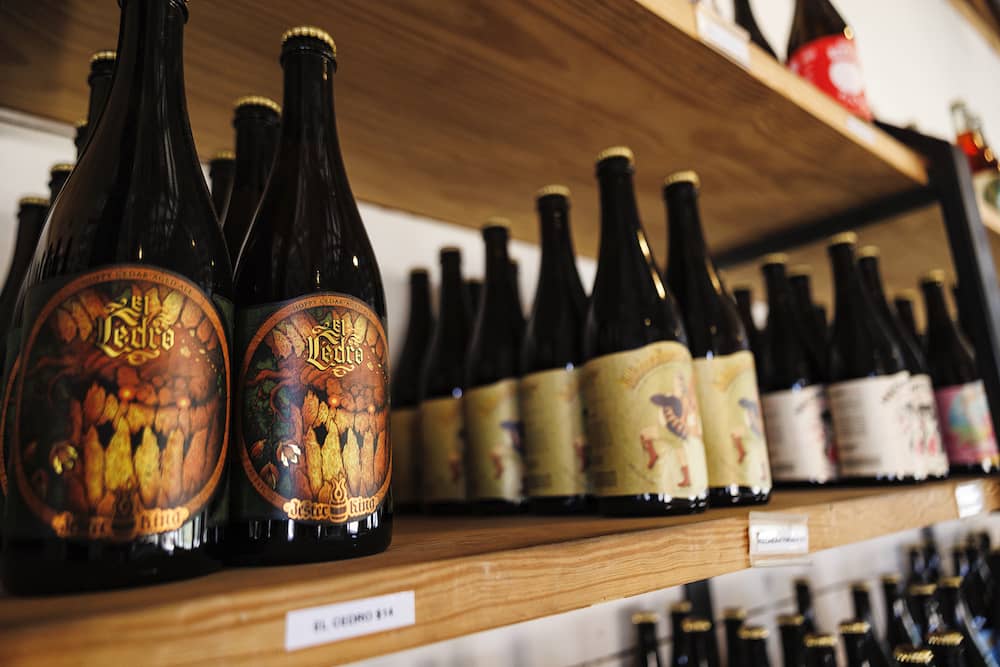The Ultimate Distillery Experience: From Grain to Glass, Everything You Required to Know
Starting a journey via the details of the distillery process unveils a globe where science meets virtuosity in the development of spirits. From the careful option of grains to the careful crafting of each bottle, every action in the production line plays an essential duty in forming the end product that enhances our glasses. As we look into the subtleties of flavor, aging, and purification profiles, a deeper recognition for the craftsmanship and commitment behind each sip arises. Join us as we decipher the layers of competence and passion that culminate in the best distillery experience.
The Art of Grain Selection
Picking the optimal grains is a critical action in the purification process, determining the flavor profile and top quality of the final product. The sort of grain selected substantially influences the character of the spirit being created - Galveston Whiskey. Usual grains made use of in purification include barley, wheat, corn, and rye, each conveying unique tastes and features to the last item

Beyond taste factors to consider, the quality and purity of the grains are vital. Distillers diligently resource grains to ensure they are cost-free from contaminants and possess the required starch material for fermentation. By understanding the art of grain option, distillers lay the structure for developing remarkable spirits that mesmerize the taste buds.
Purification Refine Demystified
Having developed the structure with precise grain selection, the distillation procedure emerges as the transformative stage where the significance of the chosen grains is opened and refined right into a spirited type. The process does not end there; several distillation runs or additional steps such as aging in barrels may better improve the spirit, improving its intricacy, character, and taste. Comprehending the intricacies of the distillation process is vital for creating top quality spirits that mesmerize lovers and connoisseurs alike.
Barrel Aging and Taste Development
Throughout the barrel aging process, spirits undergo a transformative journey as they connect with the timber, taking in nuanced tastes and developing an abundant intricacy. As spirits age in the barrels, they remove substances such as vanillin, lignin, and tannins from the wood, contributing to the development of fragrances like vanilla, caramel, spice, and also tips of toasted oak.
Moreover, the aging procedure permits oxidation to occur, causing Visit Your URL further chain reaction that smooth the spirit and complete any kind of rough edges. The permeable nature of timber additionally enables the spirit to breathe, helping with the combination of flavors gradually. Depending upon the you could check here duration of aging and ecological conditions like temperature and humidity, spirits can obtain different characteristics, from subtle wood notes to deep, complicated tastes that make each set distinct. Ultimately, barrel aging plays a critical duty in forming the unique preference profile of each spirit, providing a sensorial trip for aficionados to appreciate.
Workmanship in Bottling and Labeling
As spirits reach their optimum taste accounts with barrel aging, the meticulous craftsmanship in labeling and bottling becomes the following critical action in providing a premium product to customers. The procedure of labeling and bottling is an essential facet of the overall distillery experience, as it is the last touchpoint before the product gets to the hands of consumers (Galveston Whiskey). Workmanship in bottling involves ensuring that each bottle is filled up specifically with the spirit, thinking about factors such as consistency in fill levels and the prevention of any kind of contaminations entering the bottle

Sampling and Valuing Fine Spirits
To fully value fine spirits, one should engage all the senses in a purposeful and mindful tasting experience. When tasting fine spirits, it is essential to start by observing the spirit's look. Swish the spirit in your mouth to completely experience its texture and taste.
Conclusion
Finally, the distillery experience incorporates the intricate art of grain option, the accurate distillation procedure, the transformative barrel aging, the careful workmanship in bottling and labeling, and the advanced method of tasting and appreciating great spirits. Each action in the production process plays an important duty in developing premium spirits that mesmerize the senses and pleasure connoisseurs worldwide.
The kind of grain chosen considerably affects the our website personality of the spirit being produced. By mastering the art of grain option, distillers lay the structure for creating exceptional spirits that astound the taste buds.
